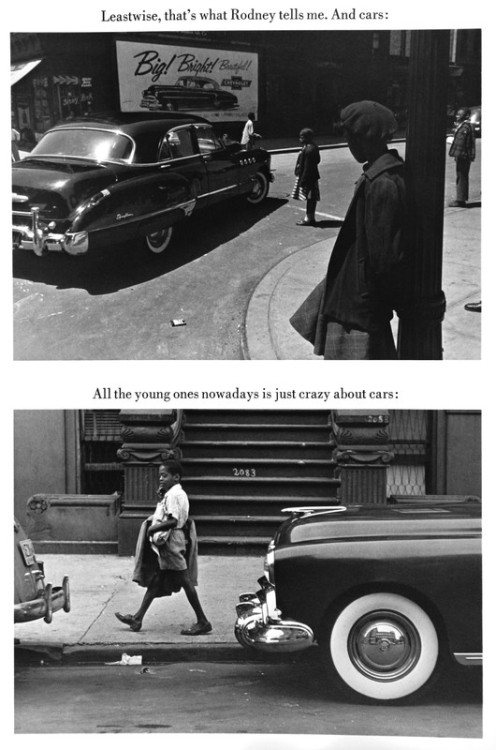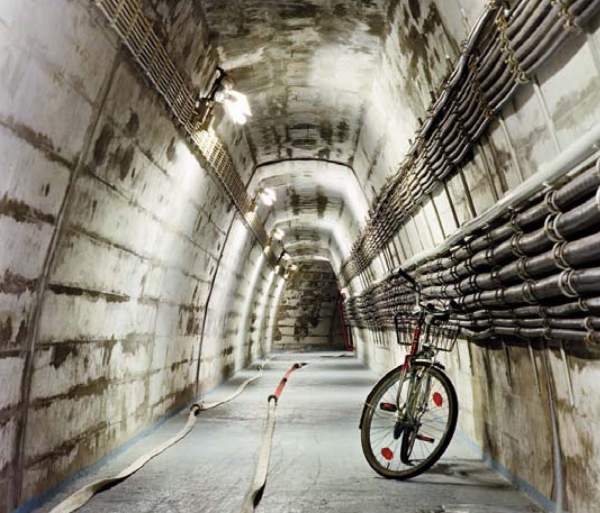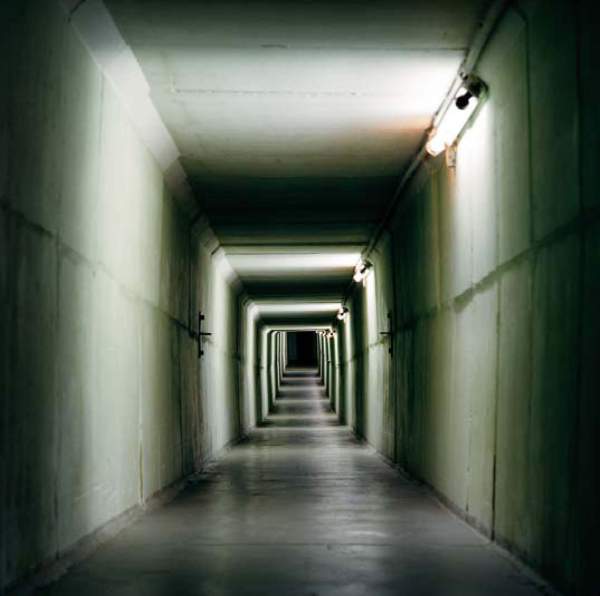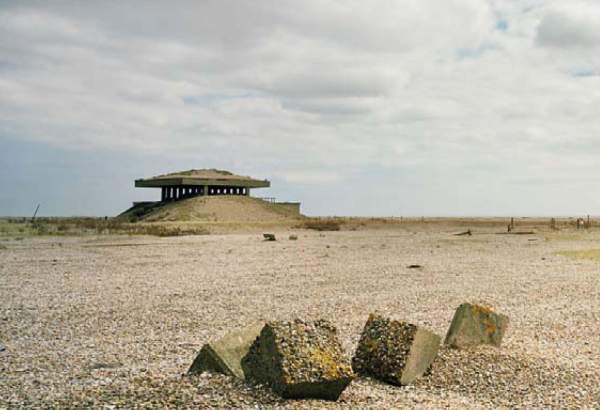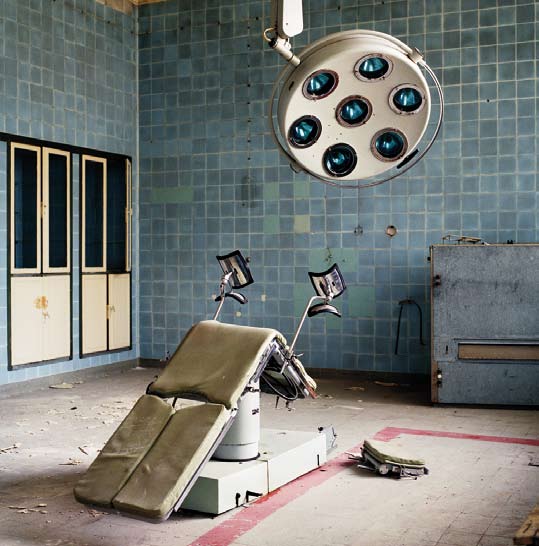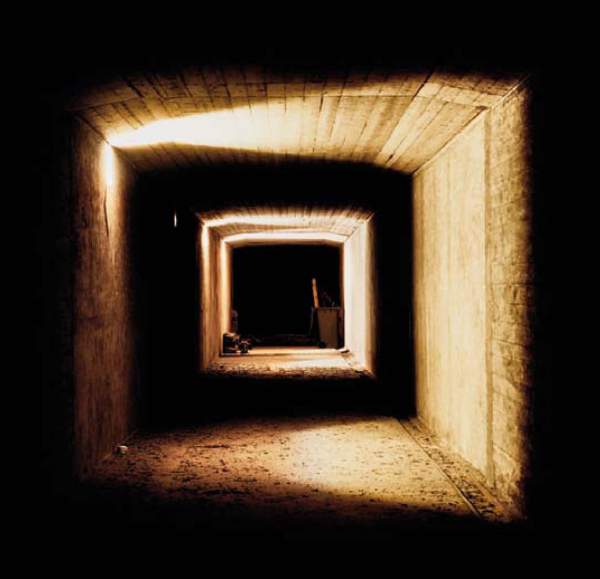 The Dutch Landscape
The Dutch Landscape
Population growth, economic activity and lack of space all helped to shape the Dutch landscape. Photographers André-Pierre Lamoth and Jannes Linders were commissioned to capture these aspects under the title ‘The Dutch Landscape’. Photographs, therefore, not of river landscapes, beaches, dunes, horizons and cloudy skies, but of those other typically Dutch landscapes: efficiently layed out, every corner made use of for activities demanding more and more space such as the building of roads, offices and houses, and recreation.
Lamoth focused on three types of landscape: places that had recently undergone some change, places that were in the process of being changed, and places where substantial developments were due to take place in the near future. Linders pictured natural landscapes showing signs of minor human interventions.
Jannes Linders

Dordrecht, 1955
Studied from 1976 until 1981 at the Art Academy St. Joost in Breda. From 1982 onwards he has worked as a freelance photographer in Rotterdam. He also has a large number of publications to his name and he makes posters for, amongst others, the Stedelijk Museum Amsterdam and the Central Museum Utrecht.
He took part in various group exhibitions, one of them in Museum Boymans van Beuningen in Rotterdam. His work is also included in the collections of the Amsterdam City Archives and the Nederlandse Kunststichting (Dutch Art Foundation). See for more architecture photography ... & see for a a review New York/Nature as Artifice Photography by Journal/Brian Rose ...



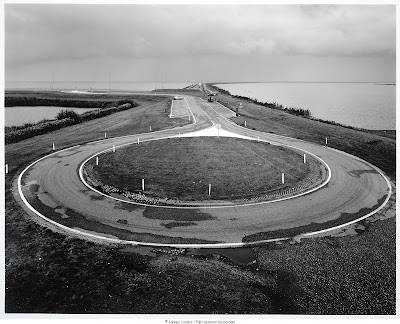

 How I love this book. It captures a time
How I love this book. It captures a time 